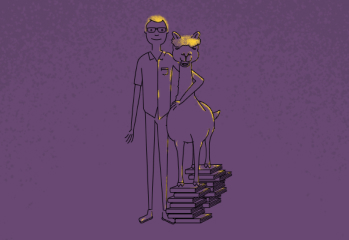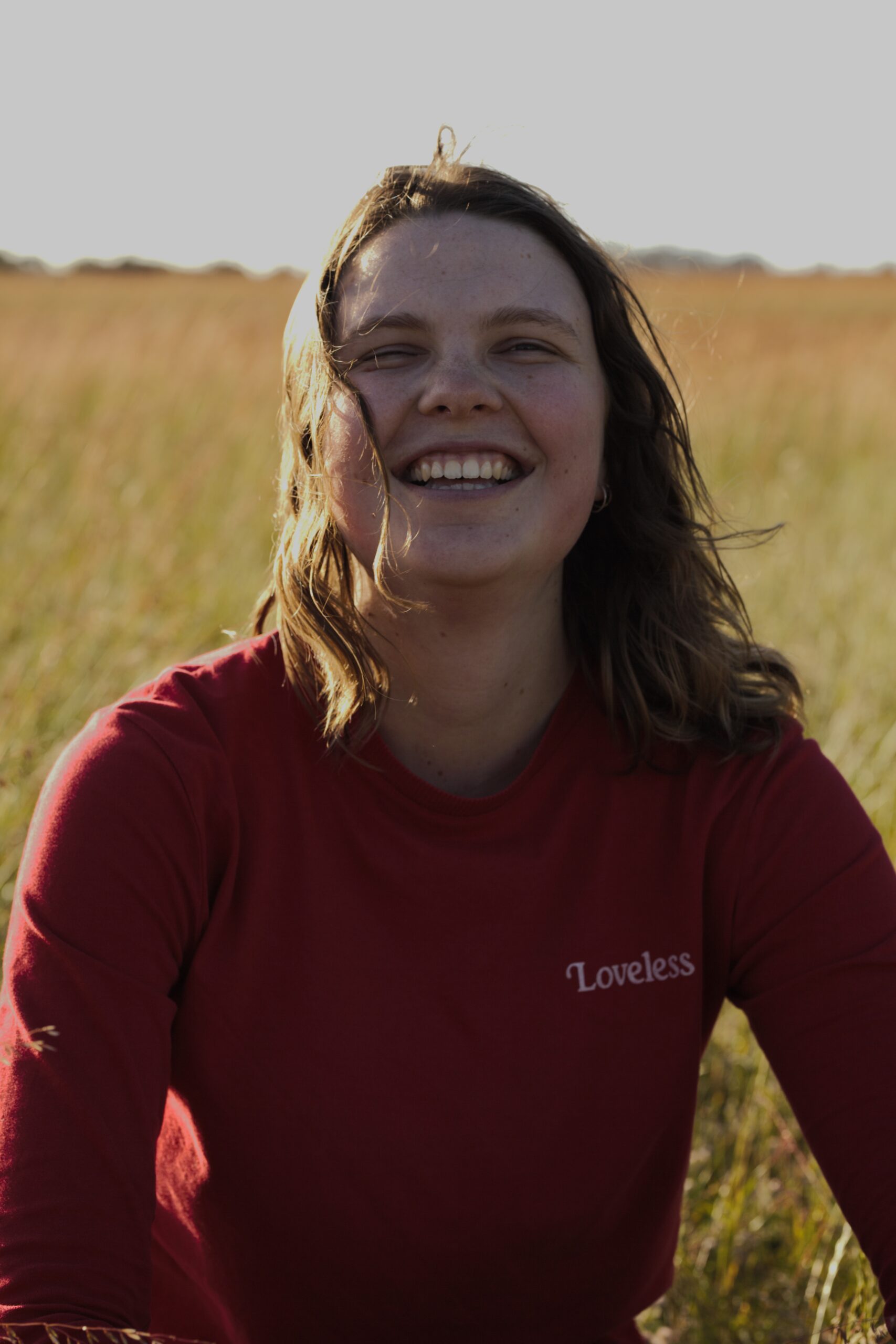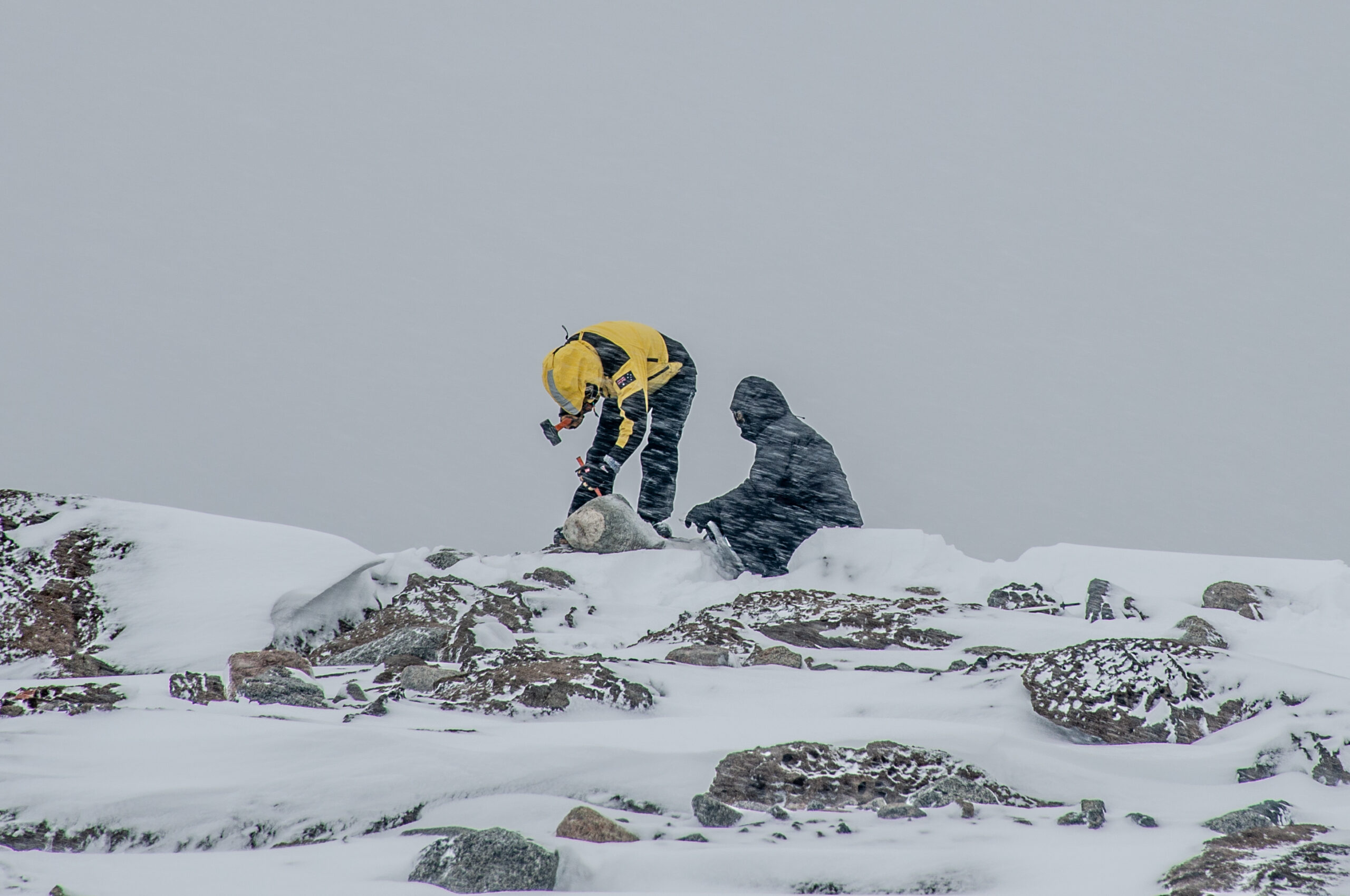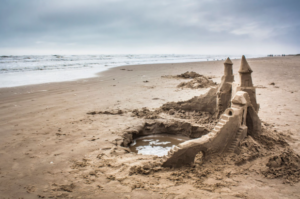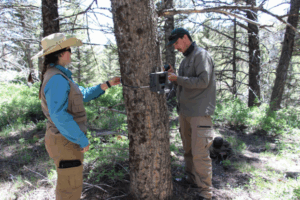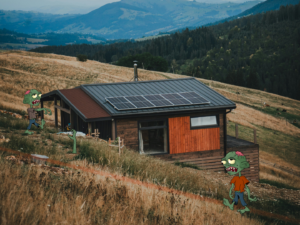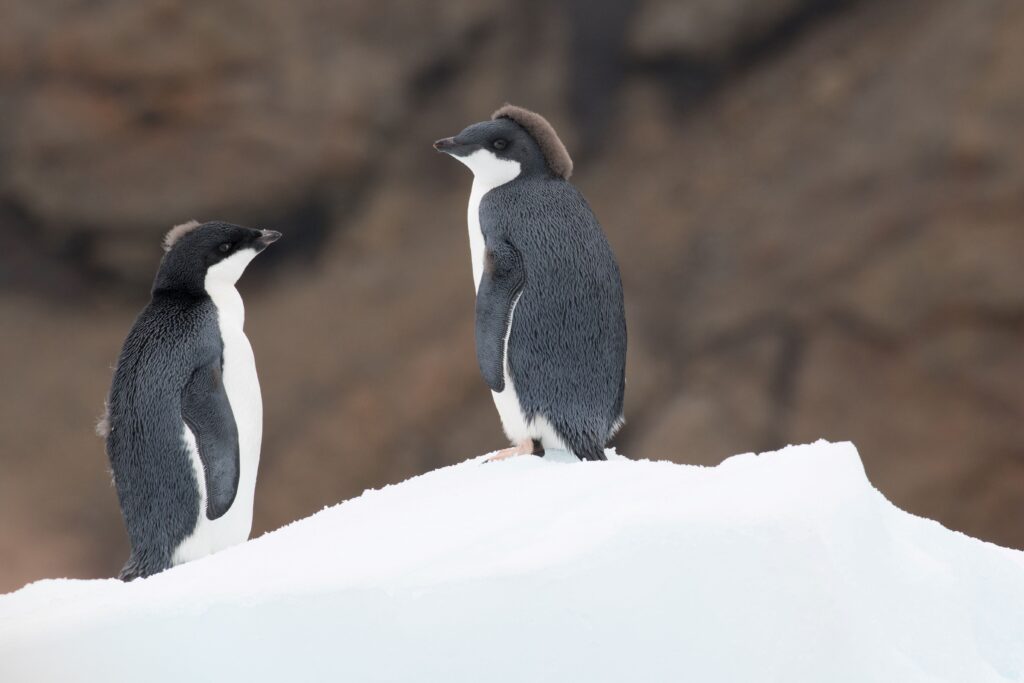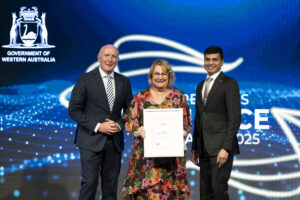When Tasmanian astronomer Louis Bernacchi set foot on Antarctica in 1898, he declared: “Antarctic exploration is of capital importance to science.” While his statement remains as true as ever, scientific exploration has faced unique geostrategic and environmental threats in the intervening years.
Australia maintains four permanent research stations on Antarctica, which between them house several hundred researchers and support staff. When weather permits, they undertake data collection on the local flora and fauna, monitor landscape changes and analyse the geology. In their time off, they can enjoy facilities like a library, gym and spa.
Despite – or perhaps because of – the freezing temperatures and isolation from friends and family, life on the bases is more like a community than a workplace. Everyone is assigned chores around the camp on a roster basis, and dinner is eaten all together in a large hall.
The research they’re doing in Antarctica isn’t just vital to learn more about the continent itself – the biological archive and existing data present there can illuminate global history and predict future developments.
For example, a 2022 paper published by a team of Australian researchers looked at preserved ancient ecosystems to help us predict future climate change. The remarkable level of international collaboration required for such research is something that needs preserving.
COLD SHORE
Professor Steven Chown is the director of Securing Antarctica’s Environmental Future (SAEF), a global organisation dedicated to monitoring and managing the changes occurring in Antarctica. He is one of Australia’s leading voices in policy making to ensure Antarctica’s future.
“International science really strengthens Australia’s capability,” he says. “I’ve always thought the Antarctic has a bit of a special feel to it. You’re working in a place that’s everybody’s, that belongs to civil society, and you’re working for the greater good.”
The freedom of scientific investigation on Antarctica is enshrined in the Antarctic Treaty, a unique document that agrees that no military activity can take place on the world’s fifth-largest continent. Australia is one of 12 original countries that are signatories to the Treaty, which was negotiated in 1959.
Before the Treaty was established, the United States and the USSR had both sent expeditions with the aim of establishing a claim on the neutral territory. As the Cold War escalated, it was mutually beneficial to demilitarise such a large land mass and ensure its continued use for peacetime activities.
ICY NEGOTIATIONS
So what is putting Antarctic research at risk?
There is international interest in Antarctica and the resources it offers. Fifty-six countries have currently acceded to the Treaty, but some countries such as Iran have expressed a desire to see Antarctica militarised.
The signatories to the Treaty include countries with diverse political interests and cultural beliefs, including the United States, Russia, South Africa and Japan. It’s impossible for these international powers to be constantly in agreement with each other, yet the resolution process set out in the Treaty simply encourages resolution “by any of the various peaceful means”.
This isn’t exactly an infallible way to prevent conflict, but Steven is of the view that it’s unlikely we’ll see unmanageable conflict between signatory nations.
“Different countries bring different perspectives to how an international agreement should operate. But that’s not unusual,” he says. “That doesn’t mean they aren’t difficult negotiations. There are difficult negotiations in every international agreement.”
WINTER HOLIDAYS
Another continually evolving situation is the increase in tourism, which has risen 40% over the last 4 years. In the most recent summer season, over 100,000 people visited Antarctica recreationally.
Luxury cruise liners transport travellers to the most isolated continent in the world, where companies facilitate activities like kayaking, alpine hiking and wildlife watching. This level of human activity in Antarctica is unprecedented, and regulations are still playing catch-up.
In 1991, a proposal was submitted to the Antarctic Treaty Consultative Meeting, with regulations intended to mitigate the damage done by tourism. A consensus is yet to be reached among the consulting parties to the Treaty, despite records showing that the issue has been discussed at every meeting since 2004.
In the meantime, there is an argument that tourism can help inspire conservation efforts. “The only access civil society has to Antarctica is through tourism. You do need to offer an opportunity for people to see it so they can value it,” Steven explains. “But so you don’t impact the values that people want to see, you have to have some form of regulation.”
RISING SEAS
The most pressing, visible and impactful issue facing Antarctica is the same problem that is facing the rest of the planet: climate change. Steven tells us that, in his 30 years of work in Antarctica, he has seen huge physical changes.
“There has been massive glacial retreat. There’s been big ice shelves that have disappeared, like Larsen B, a huge expanse of ice that just vanished. There are parts of the Antarctic that never used to get rain, which are now seeing rainfall because it’s warm enough to happen.”
While ice melting might sound like a normal thing to happen, it’s actually a huge loss of habitat. Penguin species that once populated the West Antarctic Ice Sheet have now migrated to the South Antarctic Ice Sheet, which will inevitably change the food available to both them and other species they compete with.
Alongside erosion and habitat loss in Antarctica, melting ice is having a global impact. If the ice sheets of Antarctica continue to melt at their current rate, we will see global sea levels rise by 40 centimetres by 2050 and 2 metres by the end of this century.
A 40-centimetre increase turns flood events that have previously been once-in-a-century incidents into annual occurrences, with high-tide flooding already having increased 300% in the last 50 years. Considering that 80% of Western Australia’s population lives within 10 kilometres of the ocean, this would have a huge impact on our geography, housing and infrastructure.
While it can feel like Antarctica is a far-off home for penguins and a cruise destination for the wealthy, the conservation of Antarctica can dictate what the future looks like for all of us. In 1959, Australia committed to preserving a peaceful Antarctica for future generations. We thought that we were protecting it from global superpowers when it really needed protection from man-made ruin.
